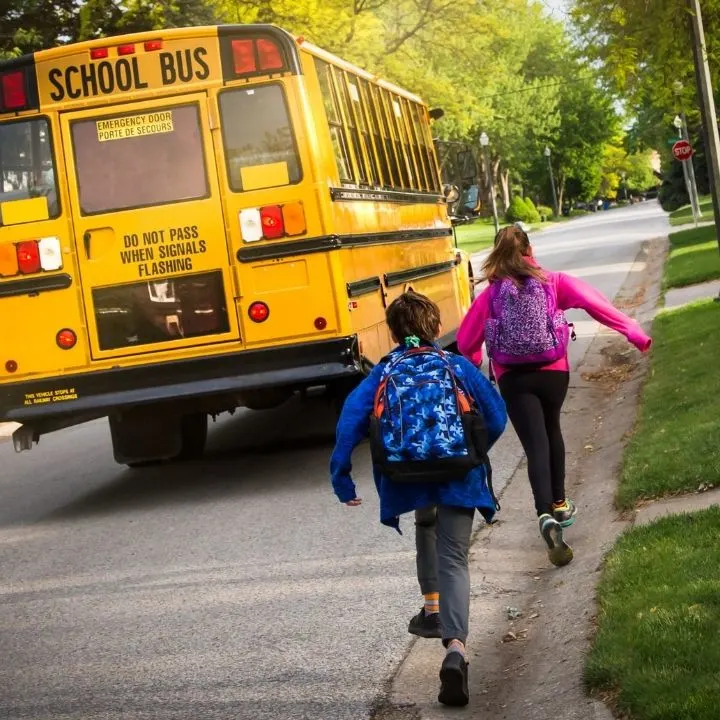Summer “Break”

Back to school! However, for some schools across the country, they never really left. Hundreds of districts across the country are opting for a full year school schedule. A year without a normal summer seems preposterous, but it’s becoming a reality for districts hoping to close the summer learning gap. Let’s discover why a full year of school seems like the new best option.
86% of public schools operate on a traditional calendar. That is to say, they award their students two months of summer vacation. A benefit to this format is the ability to have scheduled family time. That regiment is more difficult to implement without having a set 10-12 week break; it may be more difficult to schedule family get-togethers and reunions without 3 months of spare time on our hands.
Additionally, many students already accustomed to this format rely on elongated summer breaks as a light at the end of the tunnel after a taxing school year—kids are much less likely to burn out.
Junior Reese Schneider agrees: “I’m not the type of person to remember things after a long break. The return to school is always a challenge for me. The rush of work is overwhelming.”
The most popular year-round schedule is the 45-15 plan: 45 days of instruction followed by 15 days off. A common argument for this format is to reduce “brain drain”, or the loss of knowledge and re-acclimation to school schedules that occurs with the traditional schedule. Frequent breaks allow for constant re-energization.
Senior Amaan Manzar would prefer this option. “It would make me way more productive. 3 weeks is a good length of break to catch up.”
So, Hills West. What do you think? Would you be ready to sacrifice your summer for more breaks throughout the year? Or is a two-month, school-free summer a must?








